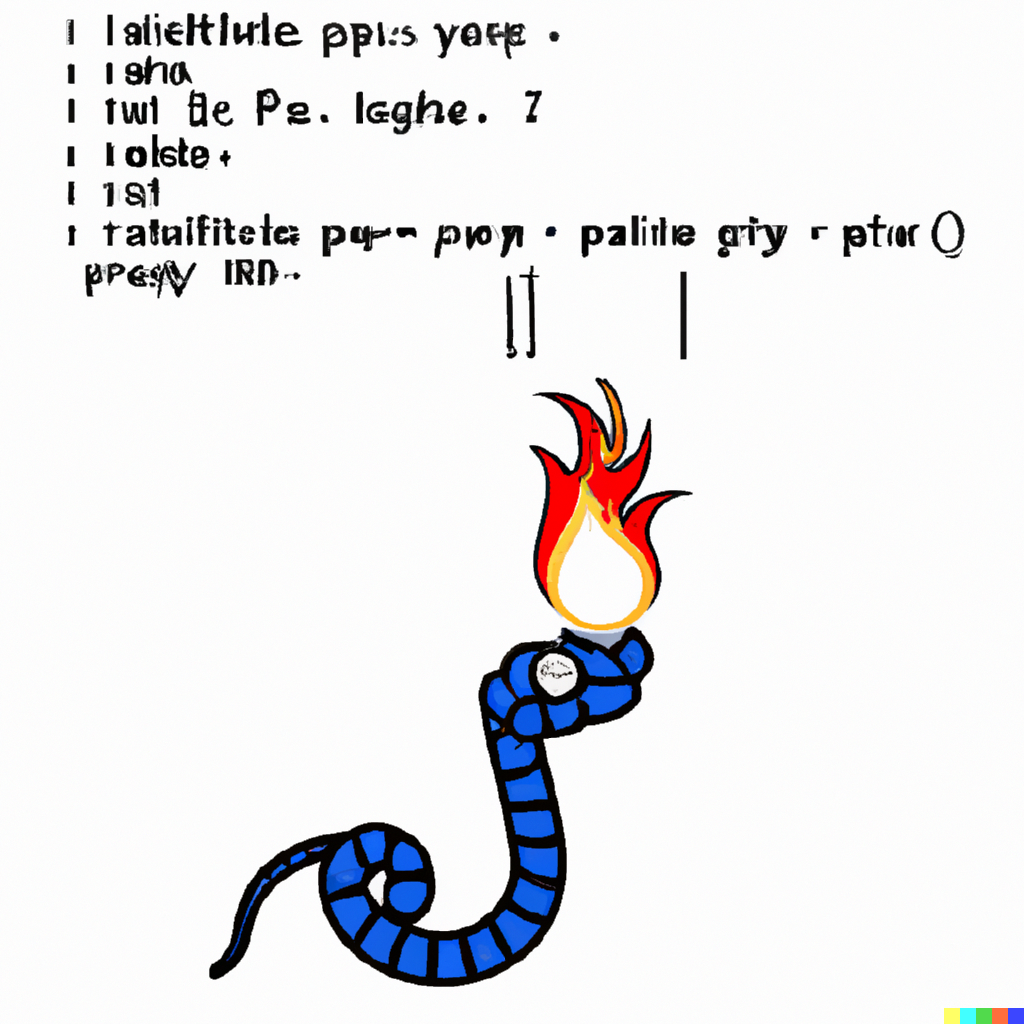As a data scientist, machine learning engineer, or deep learning practitioner, you must be familiar with PyTorch. It is an open-source machine learning library that is widely used for developing deep learning models. PyTorch is known for its flexibility, ease of use, and efficient memory usage. One of the essential components of deep learning models is the loss function. In this article, we will provide a comprehensive guide to loss functions in PyTorch with Python implementation. We will cover everything you need to know about loss functions, their types, and their applications in PyTorch.
Introduction to Loss Functions
Loss functions, also known as cost functions or objective functions, are mathematical functions that measure the difference between the predicted output and the actual output of a machine learning model. Loss functions are used to train machine learning models by minimizing the difference between the predicted and actual outputs. In deep learning, loss functions play a crucial role in the training of neural networks. By adjusting the parameters of the neural network, the loss function is minimized, and the accuracy of the model is maximized.
What is a loss function?
A loss function is a measure of how good or bad a model’s predictions are compared to the actual values. The objective of a machine learning model is to minimize the loss function, i.e., make the predictions as accurate as possible. In PyTorch, a loss function is a module that takes the predicted output and the actual output as inputs and computes the loss.
Why are loss functions important?
Loss functions are important because they determine the quality of the predictions made by a model. A good loss function should be able to differentiate between good and bad predictions, and provide a high loss value for bad predictions and a low loss value for good predictions. This helps the model learn from its mistakes and improve its predictions in the future.
Types of Loss Functions
There are many types of loss functions used in deep learning. Here are some of the most commonly used loss functions in PyTorch:
- Mean Squared Error (MSE) Loss
- Cross-Entropy Loss
- Binary Cross-Entropy Loss
- Kullback-Leibler (KL) Divergence Loss
- Hinge Loss
- Huber Loss
- Triplet Margin Loss
- Contrastive Loss
- Focal Loss
- Dice Loss
Each of these loss functions has its unique properties and is used for different applications. In the following sections, we will discuss each of these loss functions in detail and provide examples of their use in PyTorch.
Mean Squared Error (MSE) Loss
Mean Squared Error (MSE) Loss is the most common loss function used in regression problems. It measures the average squared difference between the predicted output and the actual output. The formula for MSE loss is:
MSE Loss = (1/n) * sum((y_pred – y_actual)^2)
where n is the number of samples, y_pred is the predicted output, and y_actual is the actual output. In PyTorch, the MSE loss function is implemented as follows:
import torch.nn as nn
loss_fn = nn.MSELoss()
Cross-Entropy Loss
Cross-entropy loss is a commonly used loss function in classification problems. It measures the difference between the predicted probability distribution and the actual probability distribution. The formula for cross-entropy loss is:
Cross-Entropy Loss = -sum(y_actual * log(y_pred))
where y_actual is the actual probability distribution and y_pred is the predicted probability distribution. In PyTorch, the cross-entropy loss function is implemented as follows:
import torch.nn as nn
loss_fn = nn.CrossEntropyLoss()
Binary Cross-Entropy Loss
Binary Cross-Entropy Loss is a commonly used loss function in binary classification tasks. It measures the difference between predicted and actual binary outputs. In PyTorch, we can implement Binary Cross-Entropy Loss as follows:
import torch.nn as nn
criterion = nn.BCELoss()
Kullback-Leibler (KL) Divergence Loss
KL Divergence Loss is a measure of the difference between two probability distributions. It is commonly used in generative models to calculate the difference between the generated and actual distributions. In PyTorch, we can implement KL Divergence Loss as follows:
criterion = nn.KLDivLoss()
Hinge Loss
Hinge Loss is commonly used in classification tasks where we want to maximize the margin between classes. It is particularly useful in binary classification problems. In PyTorch, we can implement Hinge Loss as follows:
criterion = nn.HingeEmbeddingLoss()
Huber Loss
Huber Loss is a robust loss function that is less sensitive to outliers than mean squared error loss. It is commonly used in regression tasks. In PyTorch, we can implement Huber Loss as follows:
criterion = nn.SmoothL1Loss()
Triplet Margin Loss
Triplet Margin Loss is used in tasks where we want to learn a distance metric between samples. It is commonly used in tasks such as face recognition and image retrieval. In PyTorch, we can implement Triplet Margin Loss as follows:
criterion = nn.TripletMarginLoss()
Contrastive Loss
Contrastive Loss is similar to Triplet Margin Loss, but it is used in tasks where we have pairs of samples instead of triplets. It is commonly used in tasks such as signature verification and image retrieval. In PyTorch, we can implement Contrastive Loss as follows:
criterion = nn.CosineEmbeddingLoss()
Focal Loss
Focal Loss is a modification of Cross-Entropy Loss that is designed to improve the training of imbalanced classification tasks. It assigns higher weights to hard-to-classify examples. In PyTorch, we can implement Focal Loss as follows:
criterion = nn.BCEWithLogitsLoss(pos_weight=pos_weight)
Dice Loss
Dice Loss is a similarity-based loss function that is commonly used in segmentation tasks. It measures the overlap between predicted and actual segmentations. In PyTorch, we can implement Dice Loss as follows:
criterion = DiceLoss()
Conclusion
In conclusion, loss functions are an essential part of any machine learning model. They help determine the accuracy of the predictions made by the model and provide a measure of how good or bad the model is performing. PyTorch provides a wide range of loss functions that can be used depending on the problem at hand.









Leave a Reply